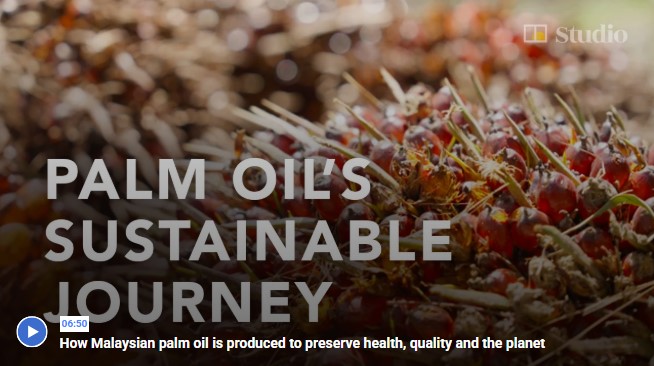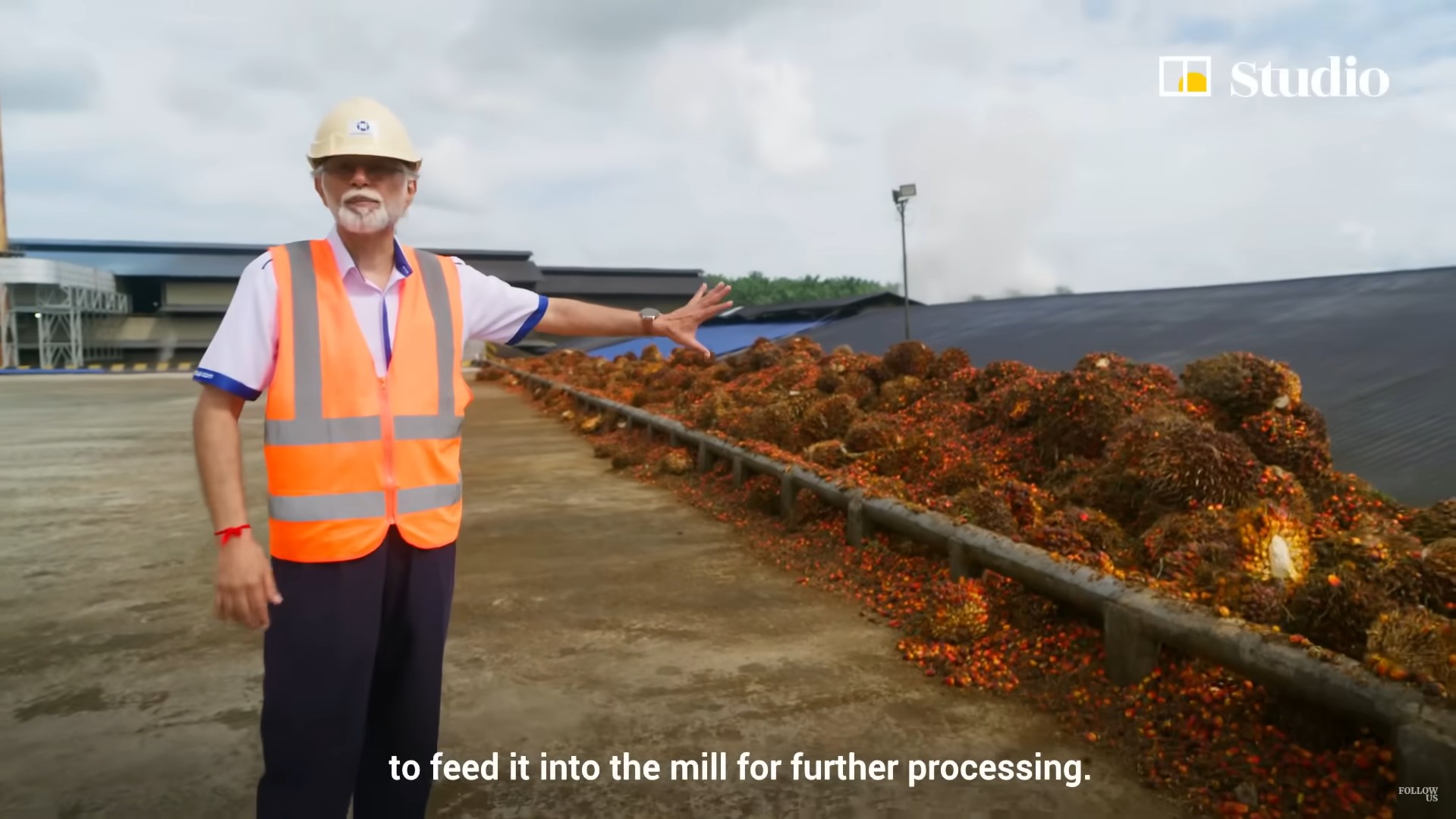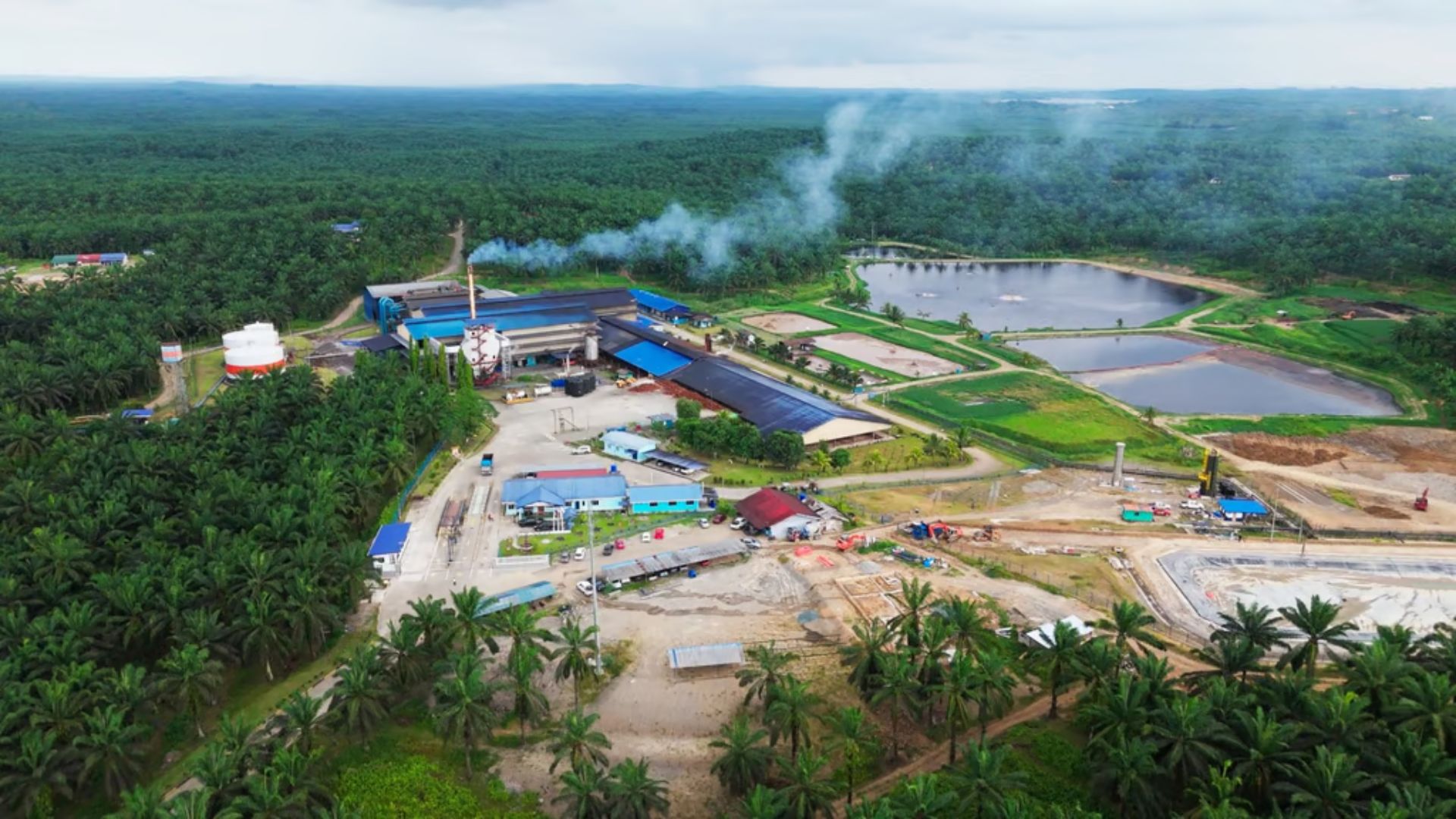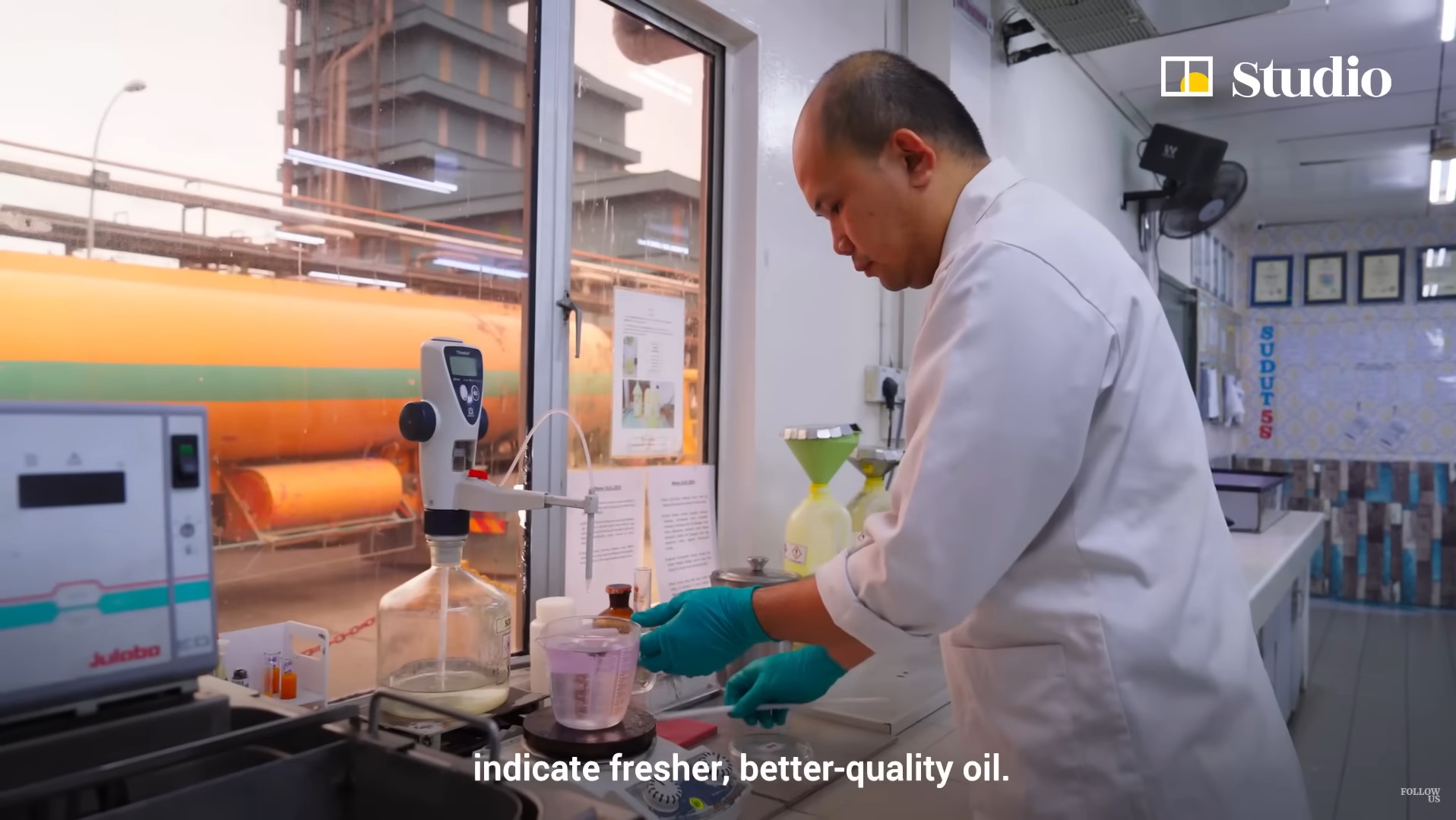From tree to table: follow the journey of sustainable palm oil production in Malaysia
A chemical engineer explains how Malaysian palm oil is processed, graded and refined to meet health, quality and environmental standards
In partnership with: MPOC

Every year, enough palm oil is produced to fill 30,000 Olympic-sized swimming pools, and nearly one-third of it comes from Malaysia. But how does this widely used ingredient get from tree to table?
“It’s a product that touches so many lives,” says Shyam Lakshmanan, a chemical engineer with four decades of experience in palm oil refining. Based in Sandakan, Malaysia, he leads one of the country’s major refineries and has spent much of his career focused on improving efficiency, quality and environmental standards in the palm oil industry.

Palm oil begins its journey from plantations across Malaysia. An oil palm tree typically takes three to four years to mature before it starts bearing fruit. Unlike seasonal crops, oil palm is perennial, meaning the same tree can produce fruit year after year without needing to be replanted. Each tree can yield 14 to 18 fresh fruit bunches annually and remain productive for up to 30 years.
Once the reddish-orange oil palm fruit bunches ripen, they are harvested. Ripeness matters – underripe fruit contains less oil, while overripe bunches degrade quickly. Workers sort and grade the fruit to ensure only the highest-quality bunches move forward.
Timing is crucial. “We aim to get the fruit from plantation to mill within 24 hours,” Lakshmanan explains. “The faster we move, the better the quality.”

At the mill, the fruit undergoes sterilisation. A high-pressure steam treatment is applied which not only deactivates enzymes that can degrade the oil, but also loosens the fruit from the bunch. After threshing, which separates individual fruitlets, the oil is extracted through pressing and then clarified to remove impurities. At this stage, the product is known as crude palm oil – still raw and brightly coloured, and not yet ready to use.
The next phase takes place in refineries like the one where Lakshmanan works, with truckloads of crude palm oil arriving daily. Each batch is immediately sampled and sent to an in-house laboratory, where technicians test for markers of freshness and stability to ensure that the oil meets quality benchmarks.
Refining involves several steps. The oil is heated, bleached and deodourised, which removes impurities and neutralises colour and smell. Palm oil has an advantage over other vegetable oils at this stage: it can be more naturally separated into solid and liquid fractions without having to undergo a hydrogenation process. This is what makes palm oil trans fat-free and adaptable for a range of products, from cooking oil to cosmetics.

Grading happens throughout the process, not just at harvest. “We’re evaluating quality at every stage, from plantation to final output,” Lakshmanan says. “That’s how we maintain standards.”
Meanwhile, the industry continues to evolve on the sustainability front. Malaysia’s palm oil sector is governed by the Malaysian Sustainable Palm Oil (MSPO) certification scheme, which sets guidelines for environmental protection, labour rights and traceability. As of December 2024, about 87 per cent of the country’s planted area – about 4.9 million hectares (12.1 million acres) – was MSPO-certified.
Producers are also working to reduce waste. By-products such as empty fruit bunches, palm kernel shells and palm fibres are reused for biomass energy or converted into compost. At Lakshmanan’s refinery, organic waste powers the boilers, supplying what he calls “green steam” for the plant and its neighbouring operations.
“Almost every part of the crop can be used,” he says. “It’s no longer just about the oil. It’s about building a circular system.”
Palm oil remains a cornerstone of Malaysia’s economy, contributing nearly 3 per cent of the gross domestic product and supporting over 1 million jobs. For engineers like Lakshmanan, the goal is to balance economic value with environmental responsibility, and to show that it is possible to produce a high-volume, affordable edible oil while also meeting the sustainability demands of today.
“We’ve come a long way,” he says. “When the entire industry works together – planters, millers, refiners – we can make meaningful change.”
Watch the video to get an up-close look at each step of the palm oil production process, guided by Lakshmanan.
